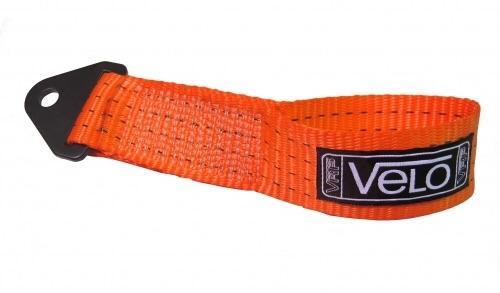
Tow Points - flavor of the month
Share
Tow points - Focus
From Schedule B in the CAMS Manual: 'A closer look'
“18. be fitted with visible towing points (capable of accepting a 40mm OD cylindrical test object) fitted forward of the front axle and rearward of the rear axle and capable of towing the automobile on a sealed surface with its wheels locked. Where a tow point is obscured, each tow point shall be marked with the word “TOW” of a contrasting colour marking the location of each tow point. A road registered series production car fitted with any unmodified original equipment tow point shall be exempt from these requirements, save for the requirement to identify an obscured tow point;”
Most of us have read this in the cams manual but rarely do we ever really check to see if a tow point is up to the job? Tow points are a critical piece of equipment designed to extricate a vehicle from a sand trap, use for a flat tow or even pull up onto a tilt tray truck – we’ve all seen videos of fails where a car falls of the tow truck, even at international level don’t be that guy.
Constantly we see tow points that are not up to the task, causing down time at events costing racing laps and blazing tyres. There is also the real prospect of personal injury due to flying recovery equipment when one lets go under strain.
With this being raised in both Drift, Circuit as well as the scrutineering technical note back in 2016 - scrutineers and event organisers will be looking closer at this ensuring the tow point is up to the task. As with any car preparation the onus is squarely on the entrant to ensure their car is up to scratch.
A tow point isn’t just about that JDM swagger #becuaseracecar – competitors need to ensure their tow points are legit and bought from a repeatable supplier/ work shop and where manufactured at home needs to meet requirements not just the 40mm id but being able to skull drag your car as a dead weight. This also means the location you bolt/ weld your tow hook to is capable and won’t pull and tear apart when loaded up – the load needs to be spread, for instance the force needed move your car as a rough calc = (1.3 ton skyline x 9.8 gravitational force M/s^2) X the coefficient friction say 0.7 for tarseal 10.192 N of force. This is without even going into the calcs for getting it moving in the first place #newtons2ndlaw, as you can see it adds up pretty quick hey. So no, tech screws are not an option. If it looks weak it probably is and you’ll have to fix it before getting on the track.
Maintenance is another major concern we have seen many good quality tow points fail because they’re UV damaged, been dragging on the ground, had oil/ coolants spilled on them or been mounted to close to exhausts – again if it looks mankey and weak it probably is and you’ll have to fix it before getting on the track.
With more modern vehicles using screw in type OEM mounting systems you also need to ensure that the device is up to the job. If you’re not sure ask your scrutineer - Work with the recovery crews and as always don’t hesitate to ask CAMS Technical Department if you have any questions you can't get answered.
Long story short – Organisers and scrutineers will be looking closely at tow points and it is on the entrant to ensure and prove they are up to the task and in good condition.
Luckily we have plenty of options in stock @Luxeperformance.com.au